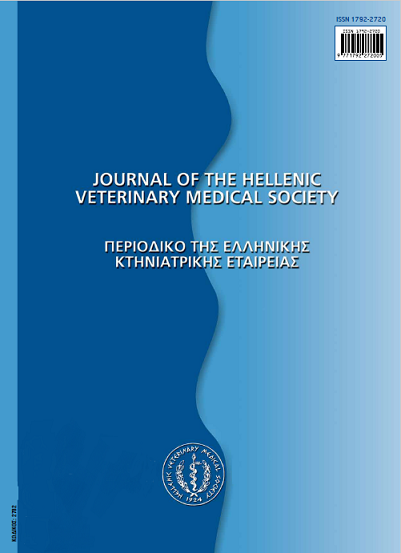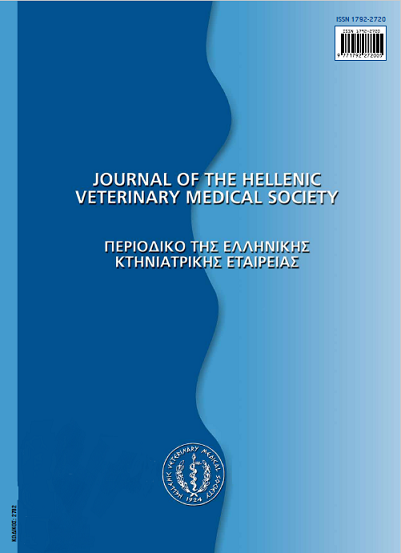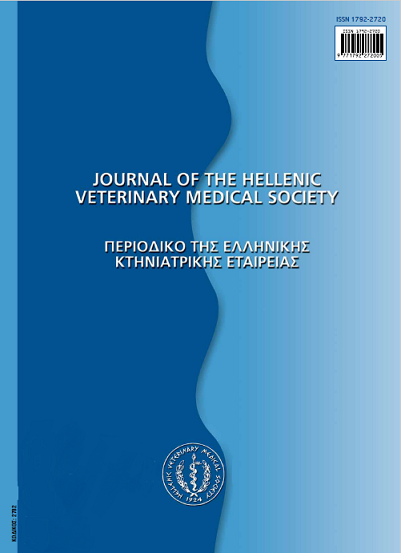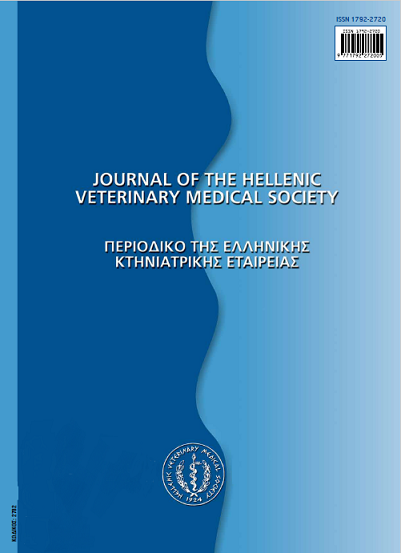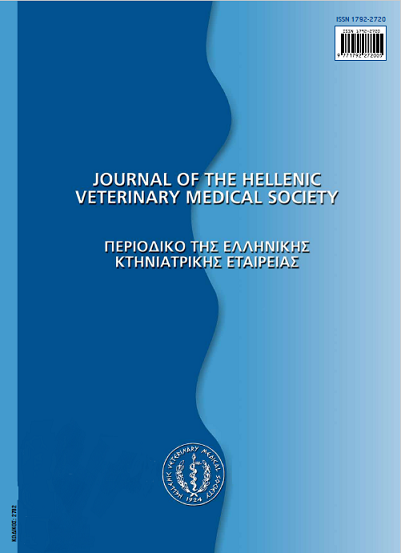In vivo efficacy of lasalocid and pyrimethamine treatments against Anophryoides haemophila, a ciliate pathogen of American lobster Homarus americanus
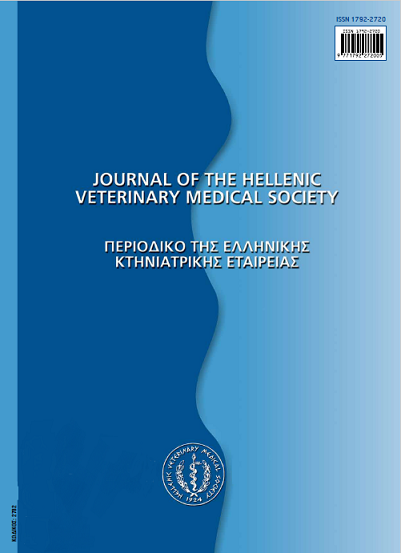
Abstract
Lasalocid and pyrimethamine was administered to American lobsters infected with A. haemophila. Lasalocid was found to be toxic and acute mortality was observed, when administered in vivo in both infected and uninfected lobsters. Pyrimethamine was found very efficient to treat these ciliates at repeated doses. The mortality was very low and the mean haemocyte counts remained higher than the uninfected control group. The drug seems to delay the appearance of the ciliates in the haemolymph and to lower the spread of these parasites in the epipodite and the hepatopancreas. In uninfected animals treated with this drug, haemocyte counts were similar to uninfected control group. Furthermore, no pathology was observed, when the drug was administered to uninfected lobsters. Since there is no effective treatment for the control of bumper car disease, on the basis of the results of the present study, we suggest that pyrimethamine is a good drug for the treatment of A. haemoplila infection in lobsters.
Article Details
- How to Cite
-
ATHANASSOPOULOU (Φ. ΑΘΑΝΑΣΟΠΟΥΛΟΥ) F., CRIBB, A. E., CAWTHORN, R. J., MacMILLAN, R., & BALDAS (Γ. ΜΠΑΛΝΤΑΣ) G. (2017). In vivo efficacy of lasalocid and pyrimethamine treatments against Anophryoides haemophila, a ciliate pathogen of American lobster Homarus americanus. Journal of the Hellenic Veterinary Medical Society, 54(4), 297–310. https://doi.org/10.12681/jhvms.15337
- Issue
- Vol. 54 No. 4 (2003)
- Section
- Research Articles
Authors who publish with this journal agree to the following terms:
· Authors retain copyright and grant the journal right of first publication with the work simultaneously licensed under a Creative Commons Attribution Non-Commercial License that allows others to share the work with an acknowledgement of the work's authorship and initial publication in this journal.
· Authors are able to enter into separate, additional contractual arrangements for the non-exclusive distribution of the journal's published version of the work (e.g. post it to an institutional repository or publish it in a book), with an acknowledgement of its initial publication in this journal.
· Authors are permitted and encouraged to post their work online (preferably in institutional repositories or on their website) prior to and during the submission process, as it can lead to productive exchanges, as well as earlier and greater citation of published work.



